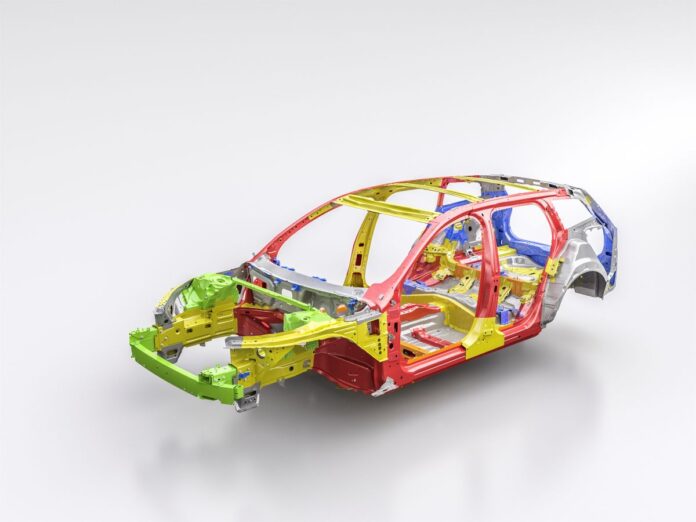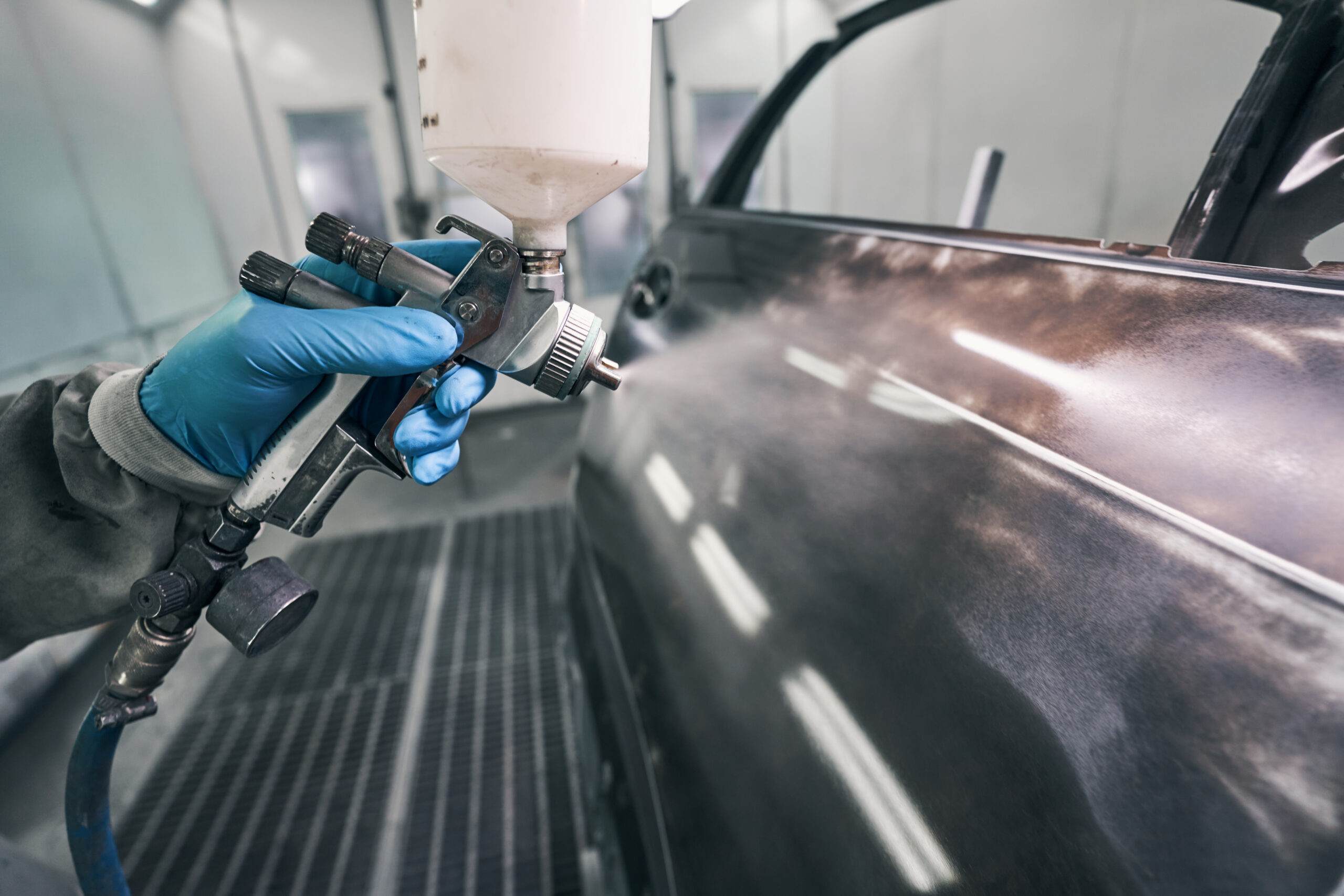There is a familiar tension between various teams who create vehicles – the industrial designers present the vision, the engineering community are tempted to knock that back into a shape they know already works in existing products and the production engineers was maximum simplicity with minimum parts. Of course, rarely does a product fit all demands easily, so the art – the engineering – is to work together.
An outstanding example…
Long ago I was on the Ford Ka B146 programme, and cooling was a ‘go / no go’ issue. We had fought and fought to get a viable concept, and needed maximum space to get the cooling pack in. It was already the smallest pack ever fitted to a Ford vehicle. Proof of concept had been done, but we needed to get the bonnet latch moved. So, we approached the engineer in charge, who had a carry-over latch in a carry-over position and component (ie, no tooling or investment cost), who understandably bluntly refused.
The engineer concerned did not realise his refusal was a programme cancellation decision, and the organisation knew this was a solvable problem. It was solved. The latch moved – not by much, but it moved. Everyone got to share some pain in order to deliver. Why should we do this? The vision was a vehicle which looked nothing like Fiesta, and yet certain elements of the engineering team wanted to turn it into… a version of Fiesta. This, of course, would be a mistake.
Large scale castings
More than two decades ago the first thin wall heat treated pressure die cast aluminium alloy inserts appeared in otherwise steel bodyshells. The art of making such castings and then ensuring manufacturing consistency as well as meeting the performance requirements is not an easy task. One item which offered significant weight saving (circa 1.3 kg per component) compared to the functional equivalent made from steel alloy was the front strut tower:
The casting is attached to the surrounding sheet metal panels by bonding agent, and a mix of rivets / flow drill screws which mainly serve to pin the assembly together during the curing process. In the event of impact the casting will yield, but not in the same way as the surrounding steel alloy panels – the latter provide the main impact energy load paths.
We have seen aluminium fabrications inserted into the area above the rear subframe – again, a significant weight saving – as well as cast aluminium alloy rear chassis legs. In each case this is calculation based on investment, production cycle time and piece cost. As a rule, the more ‘exotic’ the component, the higher the piece cost. However, if we consider the front strut tower other benefits come into play:
- A single part
- All required holes for everything from harness location clips to suspension strut mounts are integrated – although each feature not in the casting plane requires a moveable pin in the die casting tool which adds investment cost.
- The cumulative assembly tolerance during manufacturing is easier to control.
In short, there are benefits within the component, but also beyond. What if that idea was made even bigger…..




